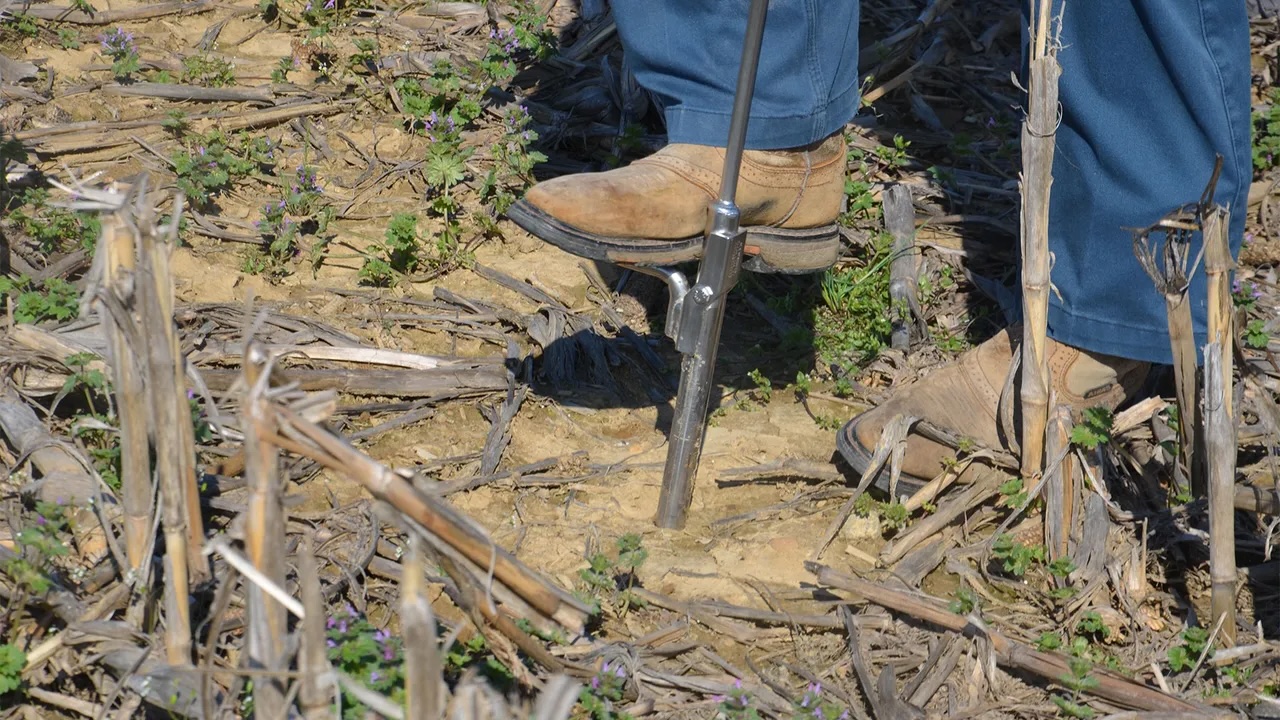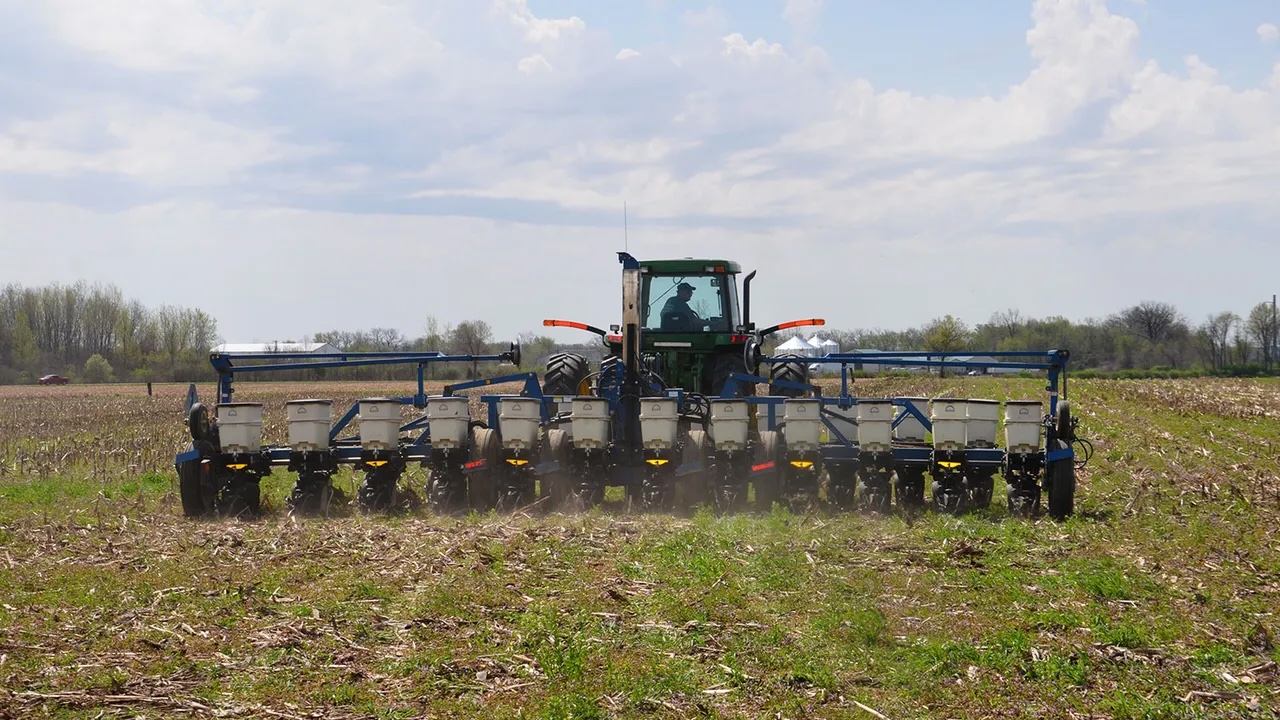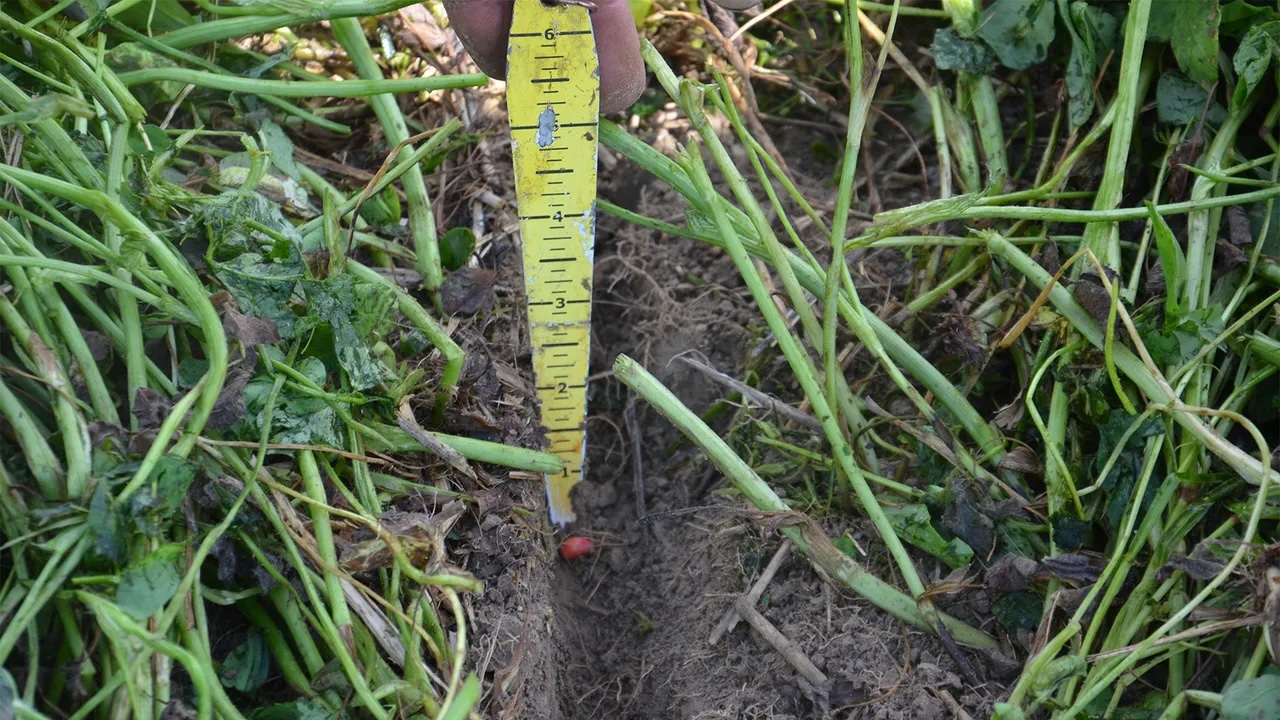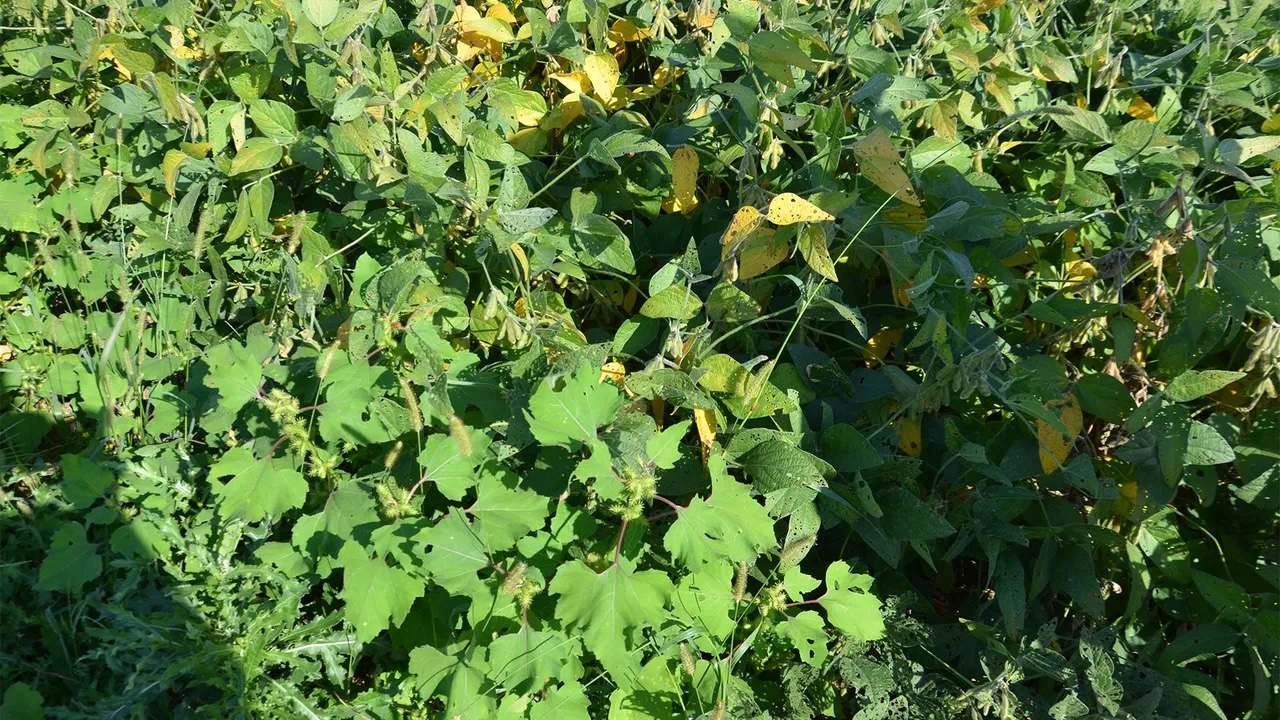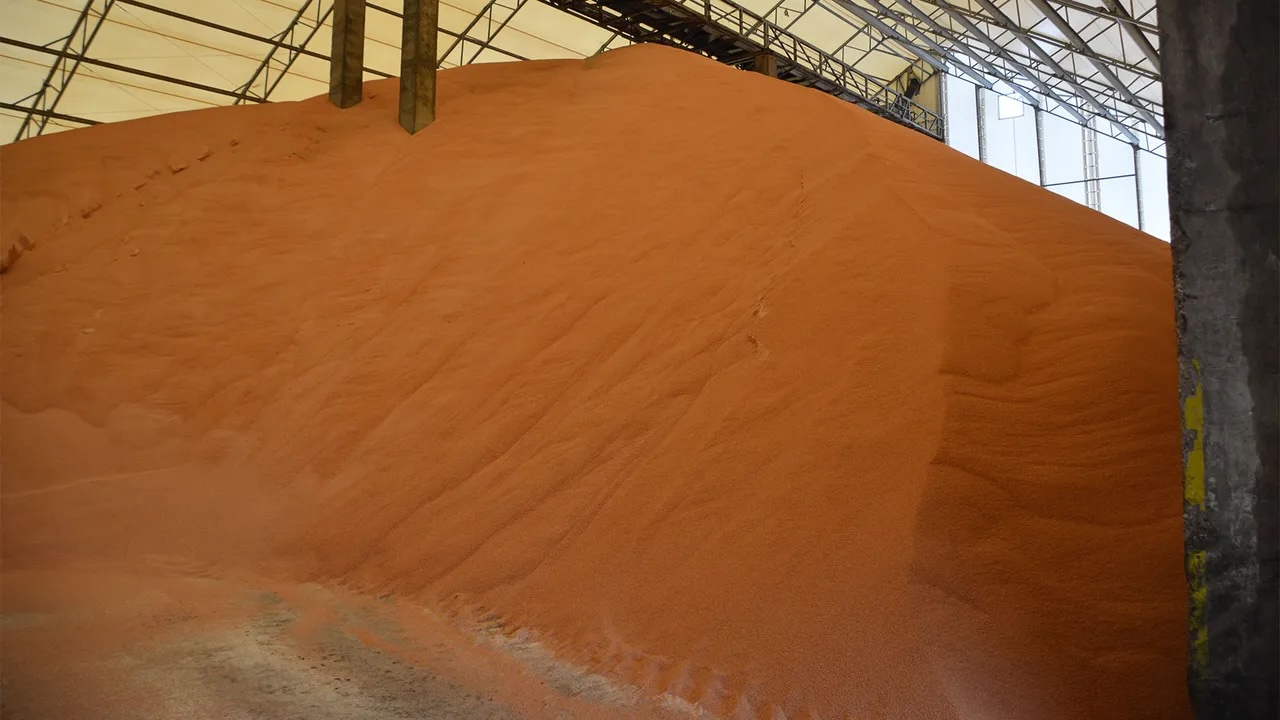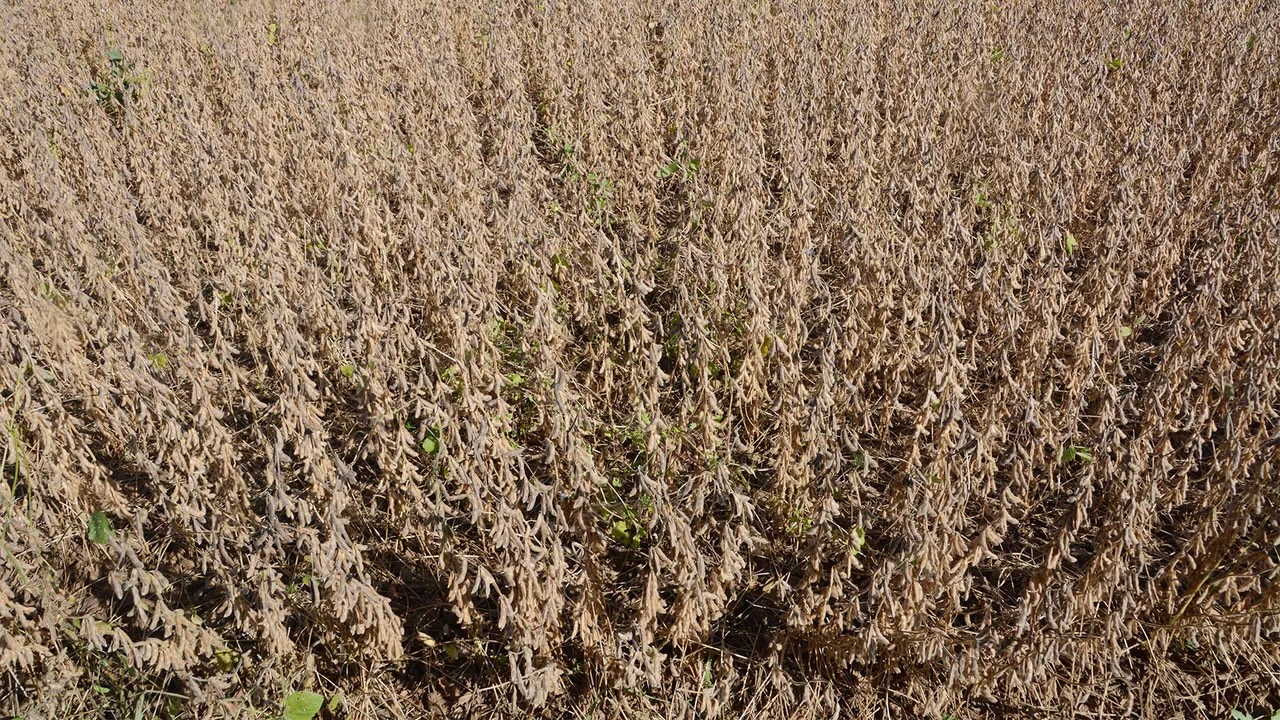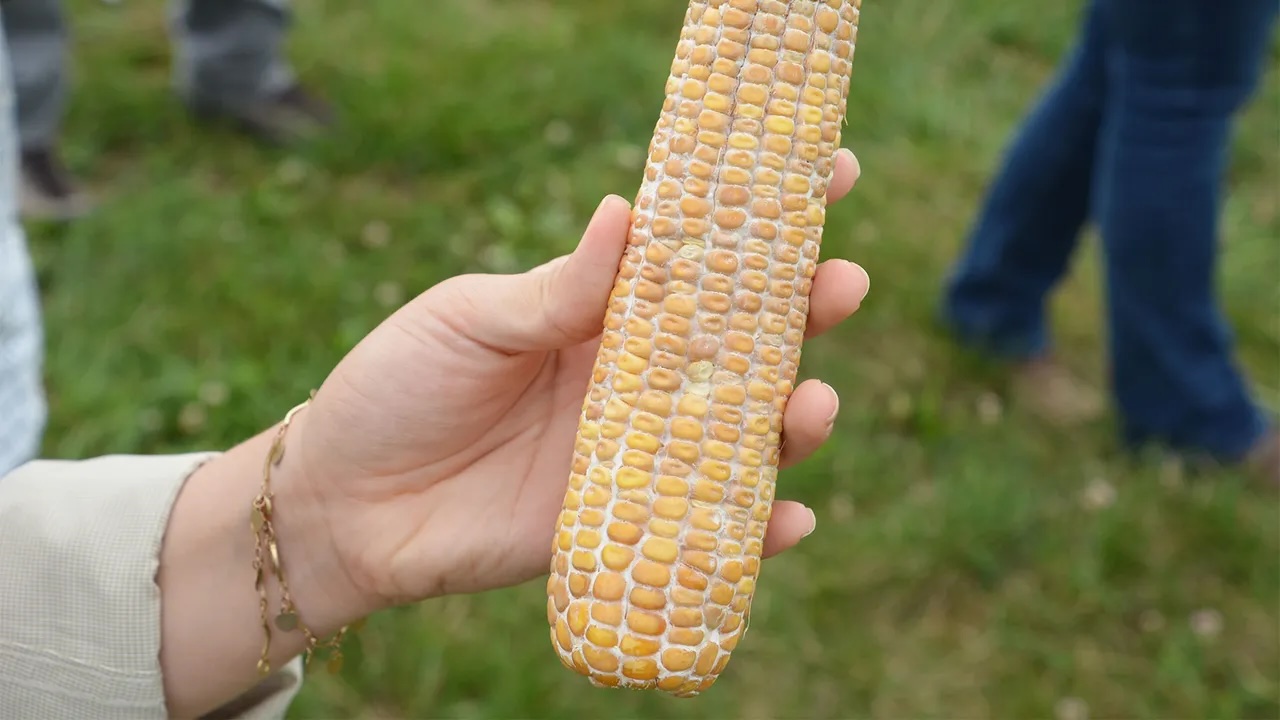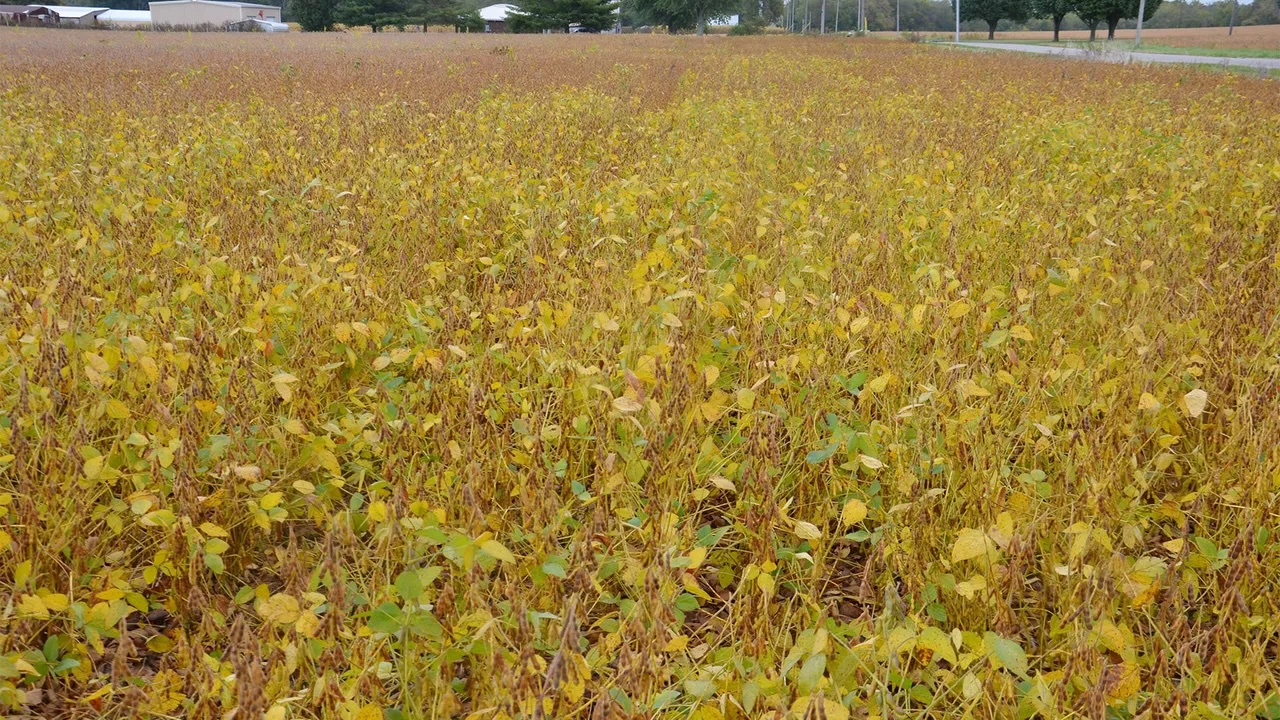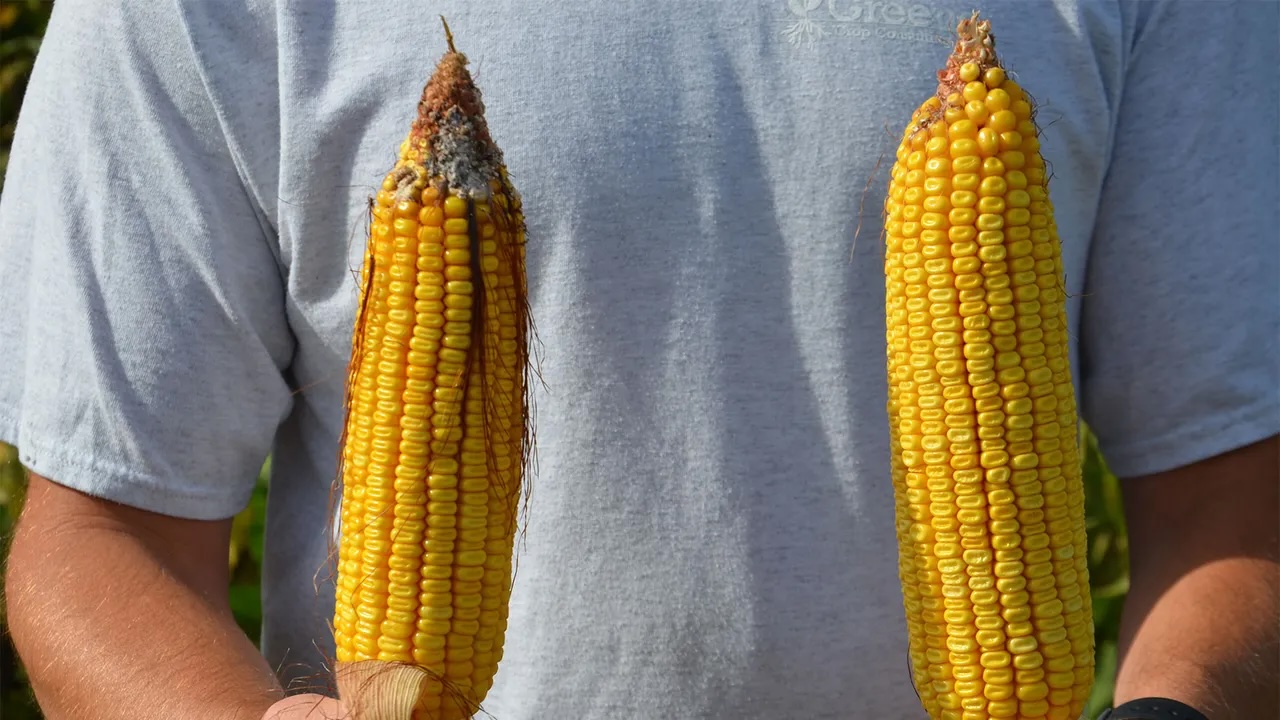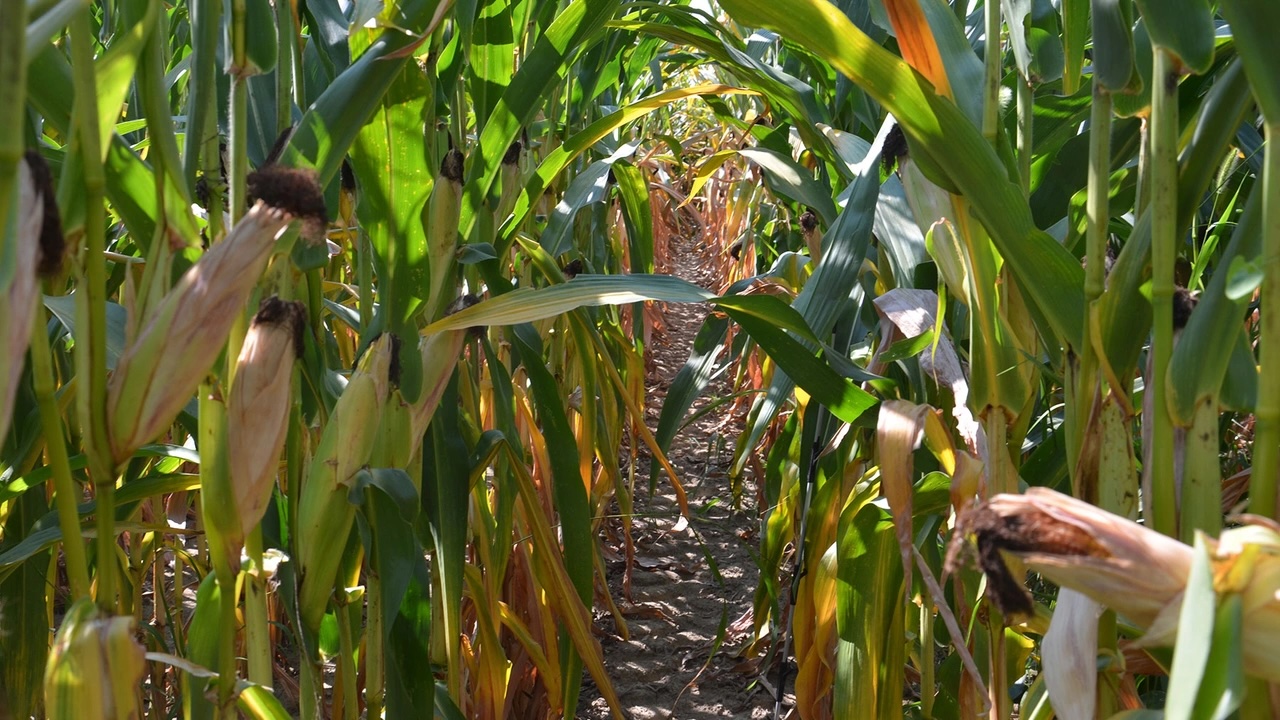Make late-season nitrogen decision in corn

Applying nitrogen in corn at V10 to V11 in Dan Quinn’s Purdue intensive management trials paid in 2022. I applied 180 pounds of N through preplant and starter. Should I apply more? Will it pay?
The Indiana certified crop adviser panel answering this question includes Betsy Bower, agronomist for Ceres Solutions, Terre Haute; Abby Horlacher, Nickel Plate Consulting, Frankfort; Brian Mitchem, proprietary products manager for Nutrien Ag Solutions, Fort Wayne; and Dan Quinn, Purdue Extension corn specialist, West Lafayette.
Bower: Tell me what the weather will do and I can do a better job of answering the question. Did you stabilize preplant nitrogen? When and how much rainfall did you get after preplanting nitrogen? What is your yield goal? Do you know if 180 pounds is the ideal N rate on your soils?
Typically, my customers split from 40 to 100 pounds per acre of N preplant, followed by the remaining at sidedress. We do apply some N at V10, typically through fertigation on sandy soils.
A dry June allows most preplant to stay near where applied. That’s true for sidedress too, if the sidedress had enough soil moisture after application to move it to roots. We were very dry in southwest Indiana last year, and sidedress N outperformed preplant N in several fields. Sidedress N likely didn’t get to work until it rained, near V10 to V12.
Walk through weather since preplant N was applied. Take a tissue test at V9 to V10, and a 1-foot soil N test to get a feel for what is remaining in the soil and in the plant. If you are low in both tissue and soil, there could be a good return on investment for additional N.
Horlacher: Every year is different, and to know if it will pay off again is hard to say. Look at these tests: soil nitrate, nitrogen mineralization and a tissue test. These tests will help you determine how much nitrogen is in the soil and how much is already in the plant. About 180 pounds of nitrogen for most areas is the sweet spot on profitability. You are not chasing yield but profitability.
Mitchem: Applying less N at once and moving product to more staggered intervals has proven beneficial. Applying a standard rate and then supplementing with additional product based on crop condition and return potential is wise. I would not change your current approach to N management if you were satisfied with results. However, consider moving some preplant N to an in-crop application for additional nitrogen use efficiencies.
Quinn: Late-season nitrogen responses are often highly environmentally dependent and often do not pay every single year. Typically, the best responses occur when too much rainfall occurs early. Late-season applications can do a great job as a rescue application.
These applications rarely outperform a normal V4 to V6 sidedress application when nitrogen loss conditions don’t occur. In my research, the V10 to V11 nitrogen application performed well at a couple of locations because soils were so dry at sidedress. Corn was unable to use applied nitrogen effectively. Adequate rainfall occurred right after the V10 to V11 nitrogen application, driving up nitrogen uptake.
Also, there is risk that you can’t get nitrogen on later due to weather. I would much rather sidedress most nitrogen at V4 to V6 to ensure it is there. If significant nitrogen loss occurs, a supplemental V10 to V12 nitrogen application may be required.


